The First Lock In The World
Who does not know the sign "Caution dog bites" that homeowners hang in the hope of deterring burglars from entering in the middle of the night and stealing? Today, as in the past, we use animals to protect our property.
The First Lock In The World
The first lock in the world was probably, a crocodile. In India during the reign of Emperor Anem, crocodiles were used to protect the imperial property. Huge ponds were dug around the palace, where the track repair installation Bonita Springs gold coins and valuables were kept inside large wooden boxes. The boxes were sunk in the pools' depths and contained hundreds of crocodiles that guarded the king's treasures.
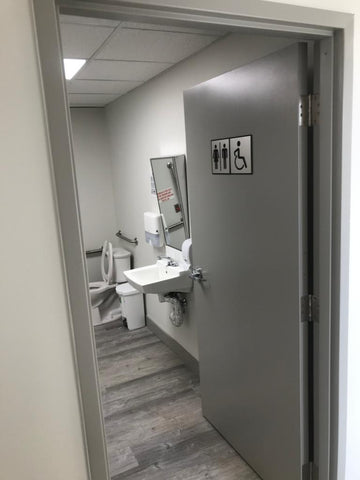
The crocodiles subsisted on a meager food ration to ensure they would continuously be starving. If a burglar dared to try to rob the gems from the ponds, his sentence was death, guaranteed by the starving crocodiles. The only way to get to the embedded treasures was to drug the crocodiles or kill them.
Keys and locks were mentioned long before the birth of Jesus, and often in the Bible, for example, "And his doors and his locks and his bolts shall stand" (Book of Nehemiah, chapter 3, verse 3).
The origin of the name "locksmith" is a name for a locksmith West Palm Beach who dealt in locks, and lock manufacturers were known and famous for designing beautiful locks of high quality.
The First Mechanical Clocks
The first mechanical clocks were made of wood and were made in several different cultures. There is evidence that the use of the first mechanical locks began in Egypt about 4,000 years ago. The safety was made of wood and contained a pin mechanism pulled down today we have security cameras hackable by gravity and locked the door. The keys were large and made of wood with lugs. The locking method was done by pushing and turning the lock, just as we use waves today.
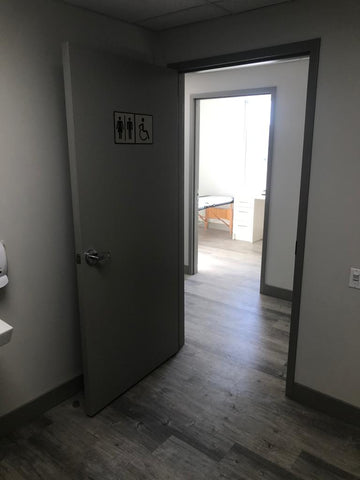
The first metal locks appeared in 870 AD and are attributed to senior locksmiths with workshops. During this period, there were also simple bolt locks for large courtyard gates. The familiar people used waves like a large wooden handle that rotated around the door and prevented strangers from entering.
For centuries, locks of various kinds have been used to close doors, guard property and imprison prisoners.
In the area closest to us, the first known locksmiths left Bethlehem and were nail manufacturers' sons.
ANCIENT BETHLEHEM LOCKSMITHS
In the second half of the 18th century in Bethlehem, experts in the design of metals such as blacksmiths, locksmiths, and nail manufacturers were an integral part of the standard economy.

They were not paid, but they received food, clothing, and shelter in return for their work. The first blacksmith shop in Bethlehem opened in 1743, and initially, all these professionals sat together when the nail manufacturer became independent later.
BECAME A LOCKSMITHS
To become a blacksmith, locksmith, or nail manufacturer, it took between four and six years of internship with a professional specializing in metal design. In Bethlehem, as is customary in many places globally, sons often served as apprentices to their father in one of these professions. It is not known whether whites locksmith Naples Florida influenced the choice of trade in which they specialized, but it is known that if they showed little willingness to study it, they were transferred to study another profession. Most of the young people who were trained in Bethlehem later moved to nearby communities.
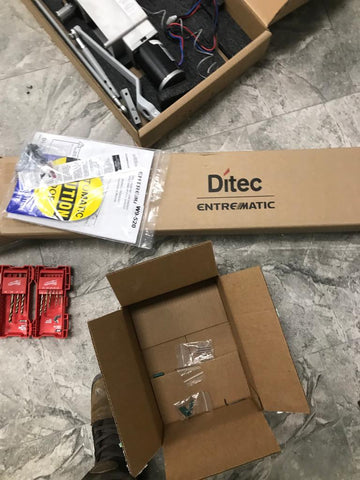
Some of the metalworking experts were involved in other community activities such as mission work or music. Apart from their social and religious duties, they also served as carters transporting iron and steel from regional suppliers to Bethlehem. Until 1760 most of Bethlehem's iron was imported from New Jersey, and steel was imported from Philadelphia. The blacksmiths, locksmiths, and nail manufacturers were also entrusted with coal fuel production for their furnaces. The coal is formed in the process of burning through "suffocated" fire, that is, the burning of trees covered with earth and leaves, the result of which was a flammable and easily ignitable material.
The Blacksmith
The blacksmith was one of the most important artisans in the community. He manufactured and repaired many tools such as metal tools for construction, agricultural implements, components for carts, and housewares. Forging horses was one of the jobs that required the blacksmiths frequently.
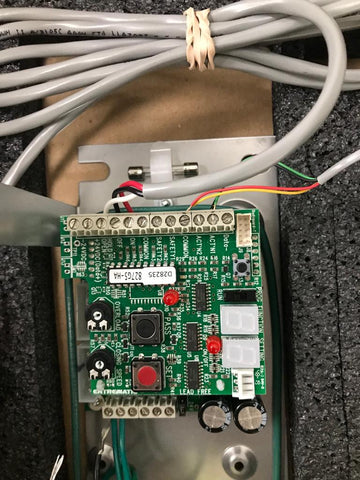
It could be said that no vessel or object was not initially created by the blacksmith, directly or indirectly. Besides, some of the items made by the blacksmiths, such as hinges, bolts, handles, chandeliers, and vanities, were aesthetically pleasing and beautifully designed.
Until 1790, manufacturing nails was done manually, nail-by-nail, in a four-step process: heating an iron rod, shaping the iron while hot with a hammer, Car locksmith Fort Myers separating the pin from the iron rod, and shaping the "nail-head" part with a hammer. Although this is a tedious and time-consuming process, a skilled nailer could produce up to 1,000 nails a day. He could also create a dozen different types of nails, tacks, and pegs. The type and size of the pin were adapted to its purpose.
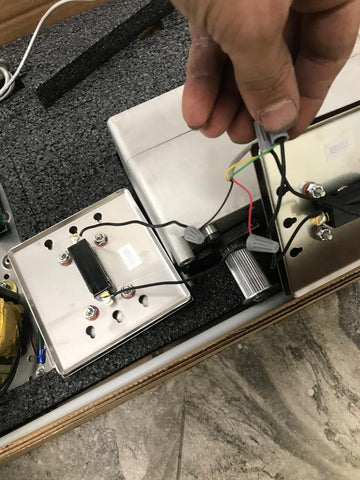
Thousands of nails were required for buildings, furniture, shoes, and objects in Bethlehem. Many of Bethlehem and the surrounding area's pins were imported, and therefore manual nail production in Bethlehem soon became impractical. The manufacture of the nails was institutionalized and done by young men employed at low wages. In the last decade of the 18th century, several nail-making machines were developed in England and America that produced up to 20,000 nails a day. Therefore after 1800, metal design experts produced pins only when the opportunity came their way.
Without Keys
New models of mobility will replace traditional vehicle ownership. Automakers, already feeling the pullback in sales, are struggling to adapt to the new world.
Our driving patterns are changing. The millennial generation and this is a well-known and documented phenomenon, is no longer in a hurry to sit behind the wheel. Researchers from the Institute for Transportation Research at the University of Michigan found that only about a quarter of young people aged 16, licensed in the United States, issue a driver's license - a 47% decrease from a similar study in 1983. Contact us for more info.
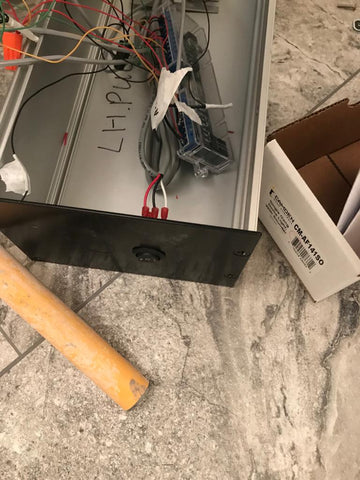
The differences also exist among older millennials, albeit to a lesser extent: the rate of 20-24-year-olds with a license today is 16% lower than in 1983; While for those aged 30-34, the percentage of licensees fell by 10%.
THESE GAPS ARE VARIED:
Social networks, through which young people maintain relationships even without leaving home and meeting physically; Urbanization, which allows some people to give up driving; And also the parking challenge that keeps people away from the vehicle.
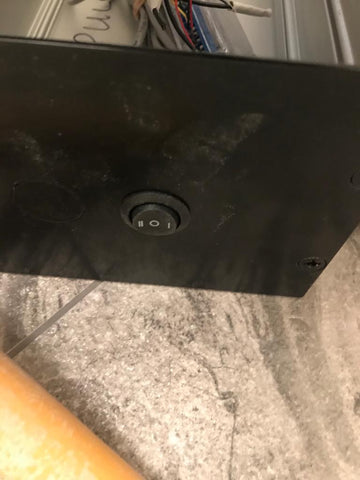
Car prices have also risen since the 1980s, and the impact of services such as Uber and Lift should not be underestimated. That is, even when it comes to transportation, millennials prefer the service over ownership. This trend is also noticeable among those who still drive themselves, as can be learned from the popularity of car-to-go services like Zipcar, or private car sharing, Locksmith Florida like Turo.
MOBILITY AS A SERVICE
What does all this say about the automotive industry? That it is on the defensive, and that it needs to update the economic models that have sustained it for more than 100 years, and adapt them to a world where consumers rent vehicles or travel as required, in a model known as "Mobility as a Service," or MaaS for short, and not necessarily hold A car owned by them.
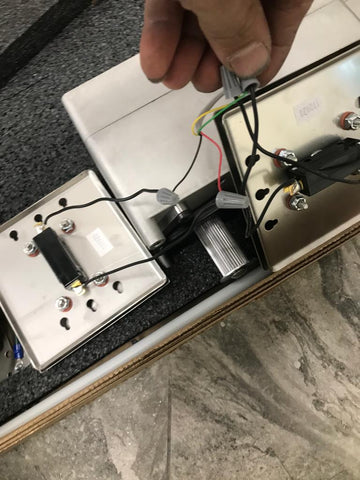
One strategy that automakers adapt to the new era is to team up with travel sharing services and provide vehicle fleets they use. "Manufacturers say, 'Okay, so not only will we sell vehicles, but we will also become' mobility providers, '" says Duanis, co-founder and CEO of Plitonomi. This startup develops fleet management solutions.
In October, Jaguar-Land Rover (JLR) launched a new service in London: Have. It is a premium taxi service, competing with the city's famous "black taxis," and is based solely on Jaguar cars - to be exact, on the company's electric model, I - PACE. Audi has introduced a similar service in southern Germany, under the name Bits, which is also based on luxury electric cars and is aimed explicitly at long journeys.

In both cases, Plitonomi is the technological "brain" behind the service, and Duanis explains that this does not involve logistics at all, in part because the service is based on power tools that must take into account their charging times and times.
Another challenge is planning future demand to shorten car waiting times as much as possible: "We collect information on weather, demographics, holidays, hotel occupancy and many other data, to anticipate demand. When you see the losses accruing to Uber and Lift, you realize that in the end, it's a game. Of efficiency, "says Duane.

CAR COMPANIES
Another example of the entry of car companies into travel services is the investment of Mercedes in the company. In September 2017, the German giant injected $ 200 million into the travel-sharing startup. The two companies set up a joint venture called ViaVan that launched commercial operations in four major cities. Also, in 2016, Volkswagen entered into a strategic investment in the company Gett to support, on the one hand, Gett's growth aspirations in Europe while also entering into transportation activities as a service.
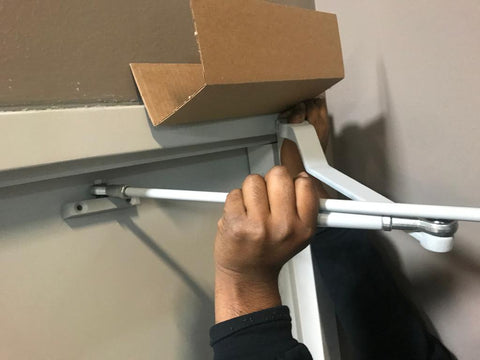
But a vehicle as a "service" does not necessarily include a driver. BMW and Mercedes operated a car rental service in Europe on a pay-per-minute model, joined forces in 2018, and merged the two different services into the world's largest on-demand car company, Share Now.
Downs claims that we are only at the beginning of the road: "A few years ago manufacturers were sitting on the fence. Today it is clear to them that sales are not as they used to be and that consumers have emergency locksmith Palm Beach alternative ways to move from place to place, in a way that will hurt car sales. "Part of the new game, and for the others, it's just a matter of time."
Bloomberg Businessweek
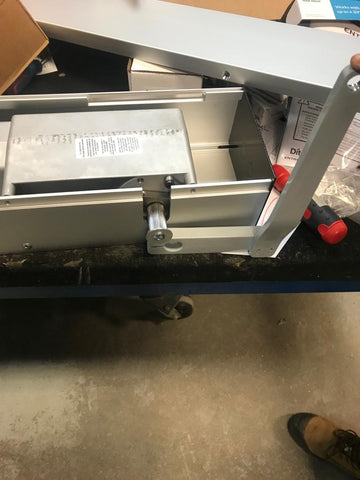
In March, Bloomberg Businessweek magazine dedicated a cover story to the wave of competency vehicles, entitled "Peak Car," which may express the writers' sense that we have reached the peak of the private vehicle penetration rate in the world, and subsequently, their number will decrease. So some numbers: there are about 1.3 billion cars in the world. In 2018, 94 million new vehicles were sold worldwide, nearly a million less than in 2017 and less than the car market forecasts about a decade ago, despite the increase that has taken place in the world population since then.
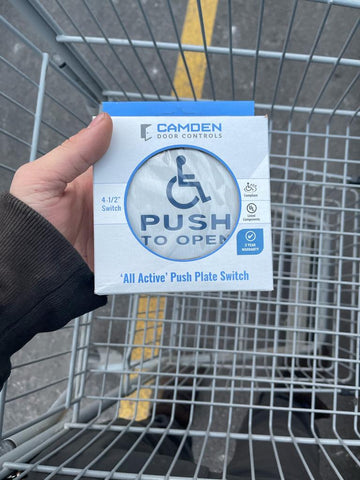
MCKINSEY STUDY
According to a McKinsey study, by 2030, revenues from vehicles of all types will qualify for a quarter of payments in the transportation industry in general, compared to only 1% today. "The automotive industry is still hoping to sell more cars," the study said. "None of the companies have a downside forecast, but there is a new profit center growing, so each company thinks 'how can I join this?'". The "Businessweek" article states that "automakers are involved in a gentle dance.
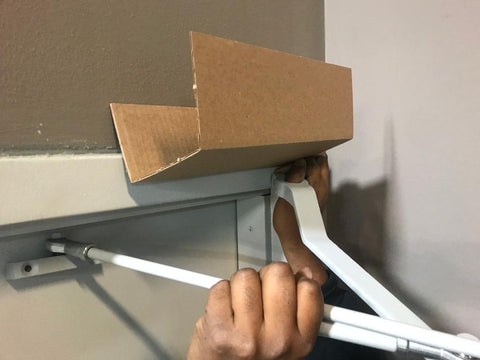
They rely on their profits from the traditional model to subsidize future solutions to the world of transportation," whether in the world of the cooperative, electric, or autonomous vehicles.
FINANCIAL ESTIMATES
The financial estimates are diverse, but if you take into account all the taxis in the world, all the car rental companies, and all the new solutions that have emerged in recent years, Mamas is estimated to reach $ 3 trillion by 2030, according to research commercial door hardware firm Forrest & Sullivan. Growth forecasts are dramatic, 18% per year in the United States and 23% per year in Europe. Several start-ups are riding this wave: Plutonomy and Greenrooms in fleet management, Get and Via as access solutions, and Mohit as an information app that connects all the points.
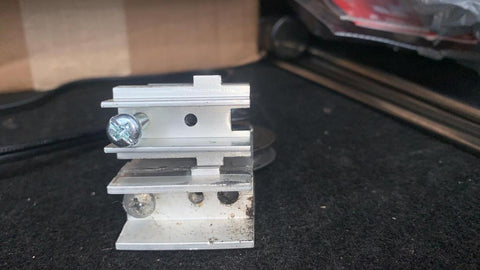
And what will happen in the autonomous era? On the contrary. Since wage expenditures constitute about 60% of spending from transportation activities, the independent period (which is still a long way off) will increase the incentive to launch collaborative transportation solutions.
Comments
Post a Comment